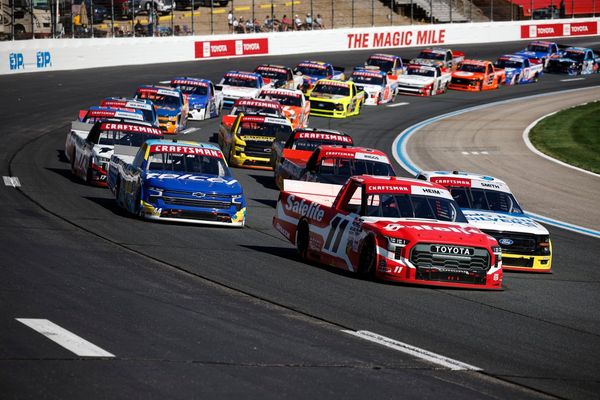Great NFL quarterbacks are masters at preparing to read the defense on game day. Similarly, you can prep for how co-workers might react to on-the-job stress and achieve conflict resolution.
You don't have to be best friends with everyone in the office. But people do have to work together seamlessly to succeed.
"People have a 'conflict personality style' they default to when pushed, stressed or are out of their comfort zone — often differing from the personality we associate with them when all is hunky-dory," said John Eliot, co-author of "How to Get Along with Anyone." Eliot mentors S&P 500 executives and advises professional sports teams.
"If you identify the 'go-to' of a colleague, you then know what kind of tone, timing and conflict resolution strategy to take with them to disarm tense situations," he said. "Or frequently, prevent conflicts altogether."
Achieve Conflict Resolution With The Voice Technique
The brain is wired to subconsciously steer our behavior to adapt to others, Eliot says. This enhances feelings of connection. The "voice technique" allows you to leverage this biological trait.
The next time you are in conflict with someone, gradually do the following, Eliot recommends: "Lower the tone of your voice, slow down and reduce excessive body language. "As you do, the other person's subconscious will kick in and they'll begin to copy your slower, lower, easy manner. As a result, their heated state subsides and conflict turns into cooperation," he said.
Identify The Type Of Struggle To Achieve Conflict Resolution
Not all conflict is the same. People generally get emotionally triggered by one of three types of conflict, said Jim Guinn. He's president of Resolution Resource Group, which works with S&P 500 companies.
First, there is task conflict — getting things done and meeting deadlines. Second there is process conflict — doing things in an effective or efficient manner. Lastly there is relational conflict.
"Each of these types of conflict must be handled differently," said Guinn, who wrote "How to Get Along with Anyone" with Eliot. For example, when someone who is "process conflict" triggered is upset, "you'll make matters worse if you rush them," Guinn said. "They don't care about how long something takes, as long as it's done right."
"When working with someone who gets 'task triggered,' stop focusing on processes and policies and work to get things crossed off the to-do list," Guinn said.
As a supervisor or colleague, you can try to improve or correct the cause of a colleague's stress through suggestions after the moment has passed, in a day or two.
Start With Shared Truth
Most workplace conflict doesn't begin with disagreement — it begins with disconnection, said Don Bulmer. He's the chief marketing officer at Reltio, an AI-powered platform that helps companies manage data.
"The key to preventing tension isn't just to communicate more; it's to build context together," he said. "That starts by identifying the highest level of agreement — a shared truth, a mutual priority or a universal goal."
As the old expression goes, "keep the thing, the thing." With that as the objective, colleagues can have frank discussions without triggering defensiveness when end goals have been understood and agreed on in advance.
"When people feel seen, heard and anchored in shared purpose, they're more likely to move forward together," Bulmer said.
Listen And Hear
Leaders must create realistic experiences to set the conditions for how people will "meet the moment," said Bernie Banks. Banks is a retired Army brigadier general who led West Point's Department of Behavioral Sciences and Leadership.
He's also the co-author, with Don Yaeger, of "The New Science of Momentum: How the Best Coaches and Leaders Build a Fire From a Single Spark."
For example, Banks said: "You should not simply value feedback when you receive it. You must proactively and routinely seek to deliver and obtain feedback in order to modify behavior. Many leaders do not ensure they are doing both things."
Nothing creates more conflict than when a person feels they haven't been heard previously or in the moment of conflict.
Harness The Power Of Positivity
People must be very precise regarding the language they utilize as that can help to defuse conflict, in the moment and in advance. When trying to influence a colleague, "emphasize the benefits and opportunities of information you share," Banks said.
In addition, pick out and emphasize positive words. "Use words and phrases that convey optimism, confidence and enthusiasm," Banks said. "Provide specific examples that illustrate the positive impact that the actions being discussed will have."







